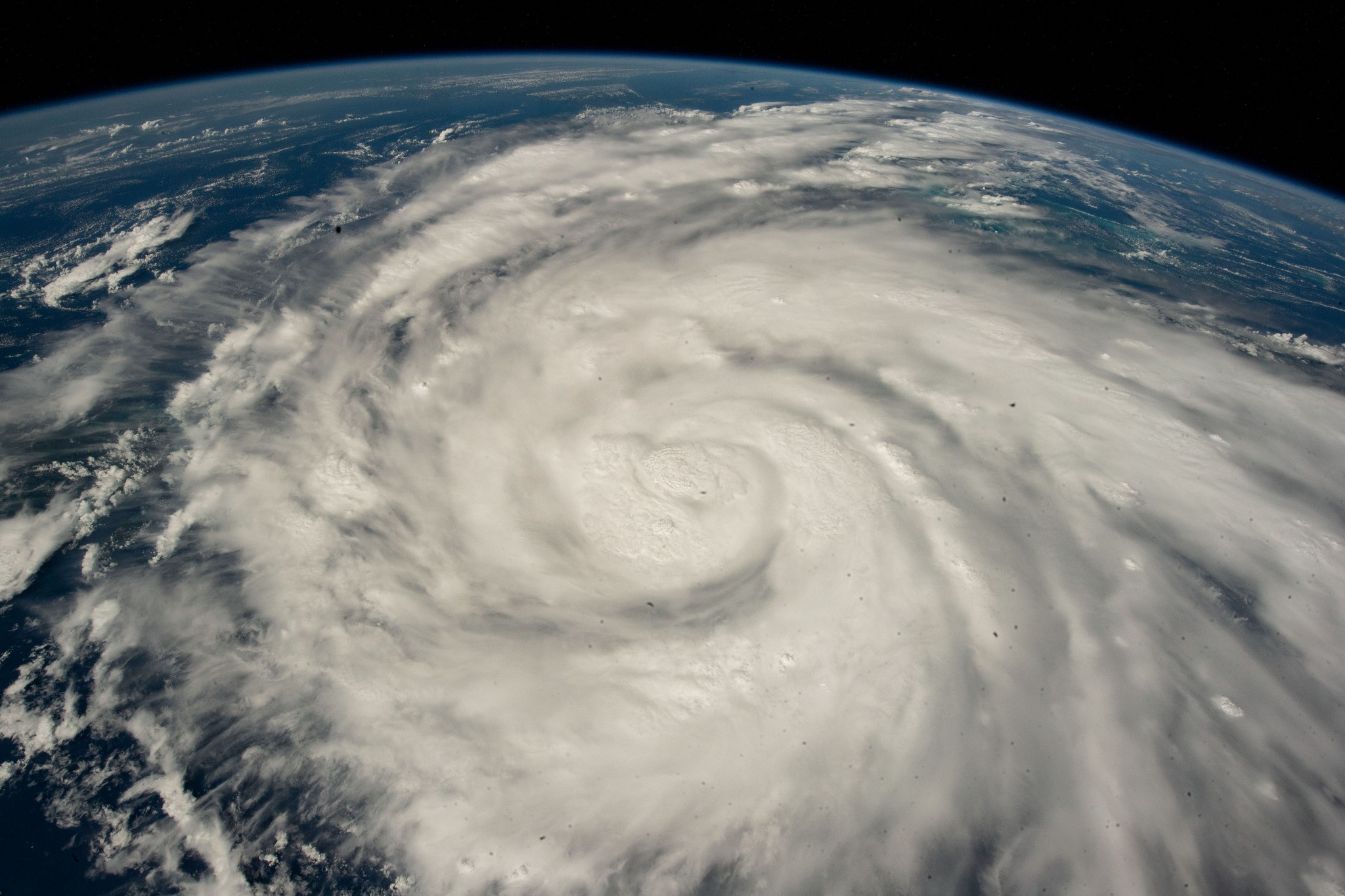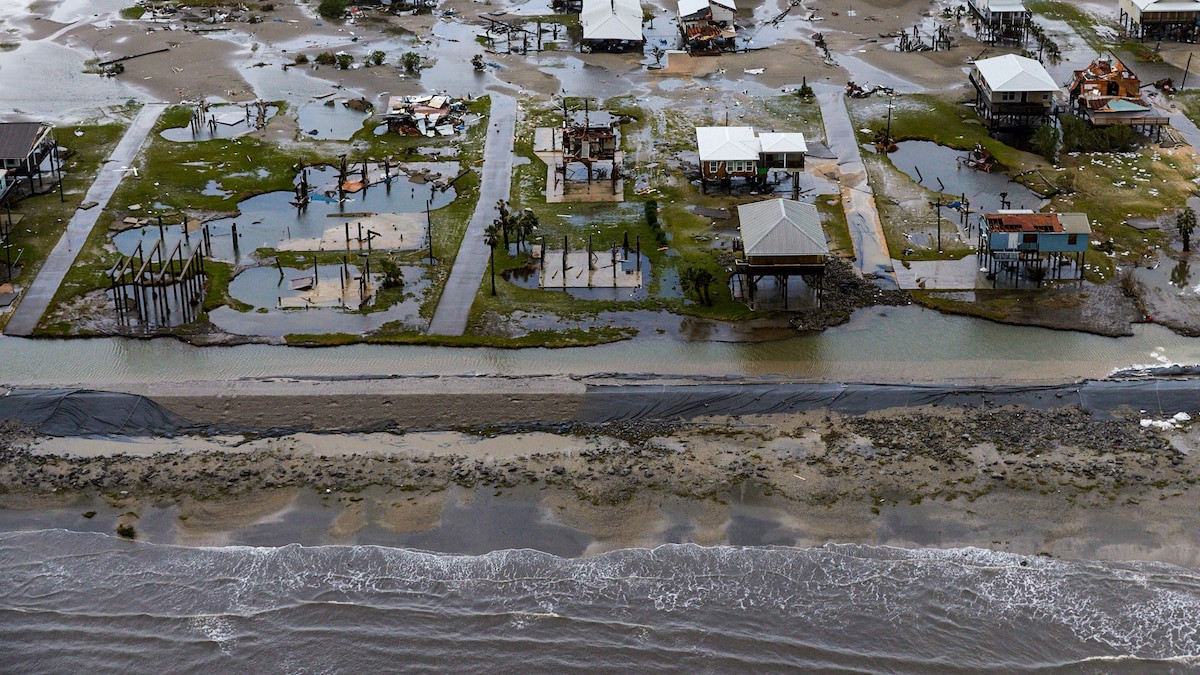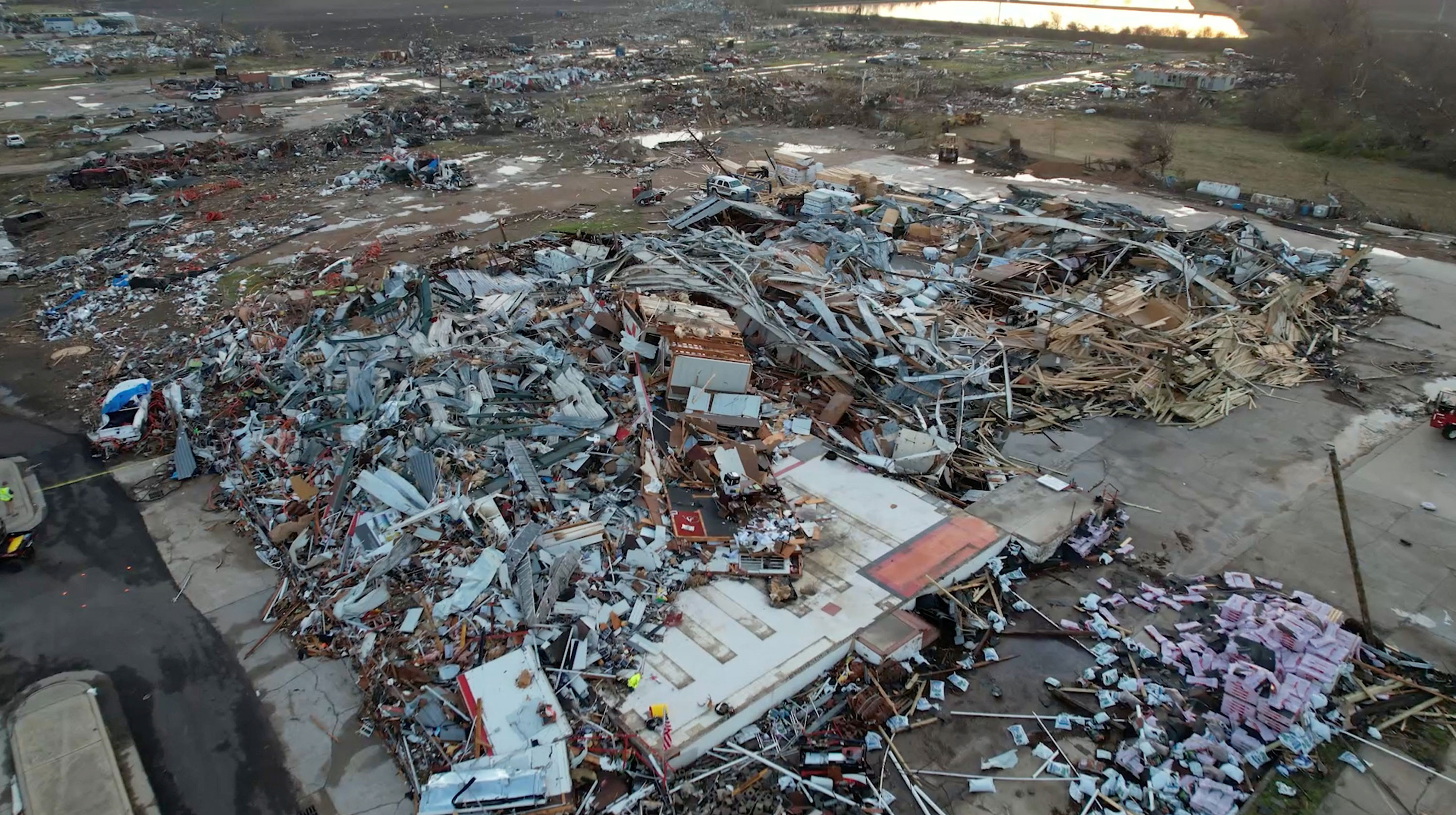As America braces for the destructive force of Hurricane Milton, following closely on the heels of Hurricane Helene, it’s crucial to understand how seemingly distant geographic regions can influence the development of such extreme weather. Ethiopia’s towering highlands, while far removed from hurricane-prone regions like the southeastern United States, play a significant role in the broader global climate system, including the factors that affect hurricane formation and intensity.
Ethiopia, known for its dramatic mountain ranges like the Simien and Bale Mountains, stands as a significant climate influencer in East Africa. These highlands, often referred to as the “Roof of Africa,” play a critical role in regional and global weather systems through their influence on atmospheric circulation. When moist air masses from the Indian Ocean and Red Sea rise over these highlands, the mountains force them to cool and condense, releasing rainfall across Ethiopia. This orographic lift not only contributes to Ethiopia’s rainy seasons but also impacts the moisture dynamics of the broader region.
These air masses, once dried by the Ethiopian highlands, continue to move westward toward the Atlantic Ocean, influencing the conditions necessary for hurricane formation. Hurricanes thrive on moist, warm air, and the reduced moisture content due to the interaction with Ethiopia’s mountains could potentially inhibit the intensification of some tropical storms.
Another important element linking Ethiopia’s highlands to hurricanes is the creation of African Easterly Waves (AEWs). These atmospheric disturbances, born from the temperature contrast between the Sahara Desert and tropical regions, frequently travel across the Atlantic, serving as the “seeds” for many tropical storms and hurricanes that form in the Atlantic basin. The Ethiopian mountains help define this temperature and moisture contrast, especially during the monsoon season, which can enhance the formation of these waves.
AEWs are responsible for up to 60% of the hurricanes in the Atlantic Ocean, according to meteorologists. The moisture dynamics influenced by Ethiopia’s highlands, therefore, play a crucial role in determining whether these waves develop into tropical storms or hurricanes.
This hurricane season has brought two significant storms: Hurricane Helene, which recently struck Florida and neighboring states, and Hurricane Milton, a Category 5 storm expected to make landfall on October 9, 2024. Both hurricanes have already caused extensive evacuations and emergency declarations across Florida. Helene left over 160 people dead and billions in damages, and federal assistance has already surpassed $210 million.
Now, Hurricane Milton threatens even greater destruction as it approaches Florida’s Gulf Coast, bringing with it life-threatening storm surges of up to 15 feet in some areas. The intensity of Milton, like many other hurricanes, has been amplified by warm ocean temperatures in the Gulf of Mexico. These warm waters, fueled by climate change, provide the necessary energy for hurricanes to grow explosively, just as Hurricane Milton has done in recent days.
In climate science, teleconnections refer to climate phenomena that influence each other across large distances. Ethiopia’s mountains are part of a larger global climate system that indirectly affects weather patterns far beyond Africa. Through their impact on the African Easterly Waves and the Indian Ocean Dipole, the highlands influence moisture distribution and atmospheric circulation on a global scale. These patterns, in turn, affect how air masses behave as they move westward toward the Atlantic, where hurricanes typically form.
For instance, during periods of Indian Ocean Dipole variability, the Indian Ocean experiences changes in sea surface temperatures, which influence the wind patterns over Ethiopia. These changes can affect the formation of AEWs, which can either increase or decrease the likelihood of hurricanes forming in the Atlantic depending on the conditions.
As global temperatures continue to rise due to climate change, the dynamics between Ethiopia’s highlands and global weather systems are likely to intensify. Warmer sea surface temperatures in the Atlantic, fueled by climate change, will likely lead to more frequent and stronger hurricanes, as evidenced by Hurricane Milton’s rapid intensification. Meanwhile, changes in the Ethiopian highlands’ rainfall patterns could alter the frequency and strength of African Easterly Waves, further influencing hurricane formation in the Atlantic.
Researchers are now paying closer attention to how the changing climate will impact global weather patterns, including the interaction between Ethiopian mountains and hurricanes. The complex relationship between these distant regions highlights the need for a better understanding of global climate systems and their far-reaching impacts.
The relationship between Ethiopia’s highlands and hurricanes like Helene and Milton illustrates the interconnectedness of global weather systems. While Ethiopia may be geographically distant from the hurricanes ravaging the United States, its mountains are part of a larger global system that influences the development and intensity of these storms. As climate change accelerates, understanding these unseen connections becomes even more critical for predicting and preparing for extreme weather events across the globe.
Understanding Global Weather Connections
The Influence of Ethiopia's Highlands
The Ethiopian highlands' influence on global weather patterns is a prime example of teleconnections in climate science. These mountains are a critical part of a larger system, impacting weather patterns far beyond their immediate surroundings. Their role in shaping the development of African Easterly Waves, which contribute to the formation of hurricanes in the Atlantic, demonstrates the interconnectedness of global weather systems.
Ethiopian Highlands and Hurricane Formation
The Ethiopian highlands contribute to the formation of African Easterly Waves by influencing the moisture dynamics and temperature contrasts in the region. These waves are responsible for a significant portion of hurricane activity in the Atlantic, highlighting the direct impact of the Ethiopian highlands on hurricane formation.
The Impact of Climate Change
Intensifying Hurricanes
Climate change is fueling the intensity of hurricanes like Milton. Warmer sea surface temperatures provide the necessary energy for hurricanes to grow rapidly, as evidenced by Hurricane Milton's explosive intensification. These warmer waters, fueled by climate change, are likely to lead to more frequent and intense hurricanes in the future.
Changing Global Weather Systems
Climate change is altering global weather systems, which could lead to changes in the frequency and strength of African Easterly Waves. The Ethiopian highlands' role in shaping these waves makes them a critical factor in understanding how climate change will impact hurricane activity in the Atlantic. The relationship between the Ethiopian highlands and hurricanes like Helene and Milton is a testament to the interconnectedness of global weather systems. As climate change progresses, understanding these connections becomes even more critical for preparing for and mitigating the risks associated with extreme weather events. It's a stark reminder that our actions have global consequences, and the effects of climate change extend far beyond our immediate surroundings.


















